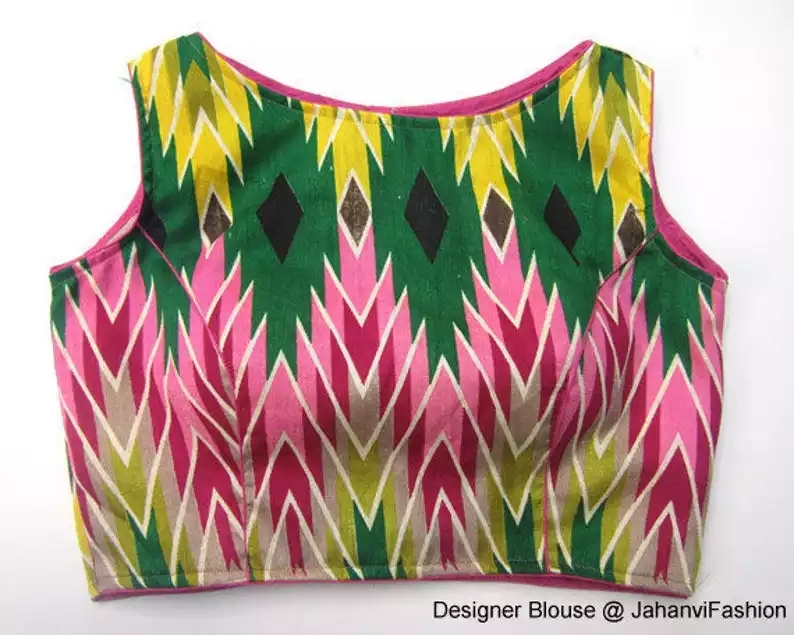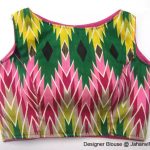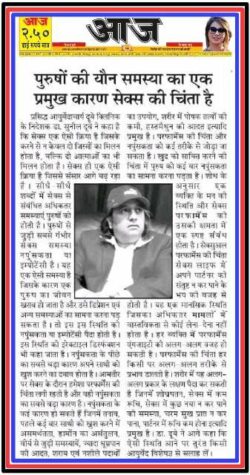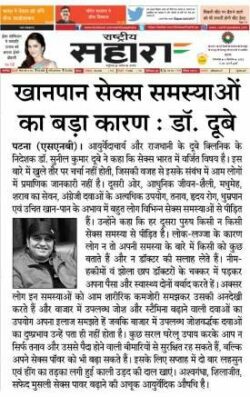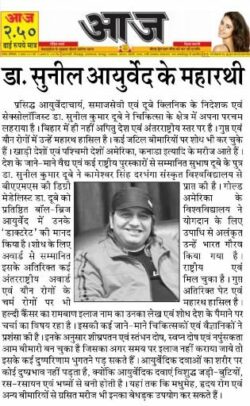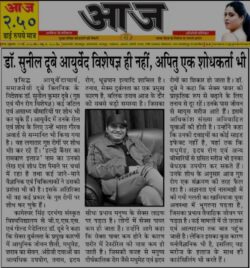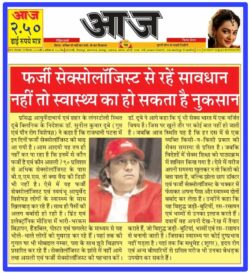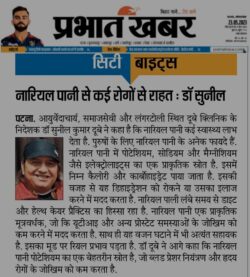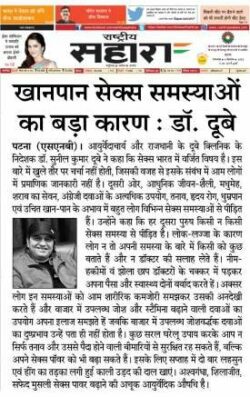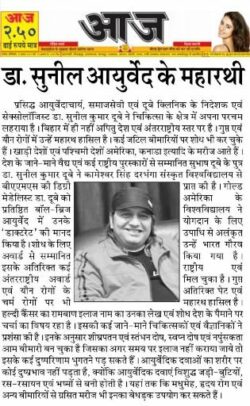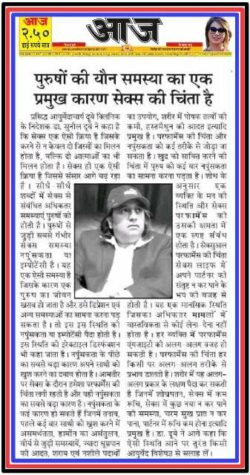How to Wear a Midriff Shirt
The Midriff Shirt is one of spring’s trendiest and most reoccurring fashion statements. But, it can look downright tacky if you don’t know how to wear one correctly.
For this reason, we’re rounding up a few ways to wear the midriff shirt without looking like you’re just showing off your torso.
Length-Black Midriff Shirt
The length of a shirt is one of the most important decisions you will make when shopping for a new tee. It can make a big difference in how the garment fits, so take the time to get it right!
First and foremost, measure your torso from shoulder to waist. This measurement won’t help you determine your standard size, but it will give you the foundation for tailoring a custom fit.
The most aesthetically pleasing shirt length is probably the same as your actual height, but you can tweak the length to suit your particular needs and style. For example, a short shirt is a nice fit for men who are 5 feet 7 inches or shorter with a chest measurement in the 30s to 40s; a long shirt is great for guys over 5 foot 11 or taller with a similar range of measurements. Be sure to also pay attention to the details when it comes to sleeve and shirt length.
Fabric
Baring the midriff is a trend that started in the 1930s and has continued to be popular with designers. It’s especially noticeable in a wide range of clothing for young women, but it can also be seen in more mature versions.
One of the most significant factors in determining the fit of a shirt is the fabric it’s made from. This is because different fabrics have different effects on the way a garment fits and feels, ranging from drape to weight.
This explains why it’s important to choose the right type of fabric for your Midriff Shirt. This can affect the length, neckline, and sleeves of your design. The fabric width is also something to consider, as fabrics that are wider allow you to make more pieces with fewer yards of fabric. This can help your budget and reduce the amount of time it takes to produce each shirt. If you have questions about what type of fabric is best for your design, be sure to contact your patternmaker or factory and ask them for guidance.
Sleeves
A shirt’s sleeves are an important part of the fit. They should be long enough to cover your wrist bone (about an inch above your palm) and not billow outwards.
The sleeve should also be tight enough that it does not move when you bend your arm. Depending on the design, the sleeve may be buttoned or unbuttoned at the cuff.
Several different types of sleeves are available, and each one affects the overall fit.
Standard Sleeve Fit is the most popular option, as it accounts for the roominess throughout your sleeve, from bicep to forearm. Slim Sleeve Fit is less common and is typically preferred by gentlemen who have a smaller bicep size.
To determine your sleeve length, measure from the center back of your neck to where your arm meets your wrist. Then, compare this measurement to our shirt sizing chart.
Neckline
The neckline of your Midriff Shirt can have a huge impact on the fit and how it looks. Choosing the wrong neckline can actually draw attention to your belly rather than hiding it!
The correct neckline can help to accentuate your shoulders and arms, creating a more flattering silhouette. It also helps to set the mood and create a cohesive look.
A v-neck can be a great way to add a fun pop of color and pattern to your outfit. It can be paired with skirts, dresses or pants for an easy, casual style.
Another option is a cowl neckline. This is a soft draped neckline that can be crafted from a bias cut fabric with excess forming soft folds along the bust or neck area.
These necklines can be crafted in a variety of fabrics and are very versatile. They can be layered with other necklines and are often seen in casual clothing, but they can also be worn in formal wear.
